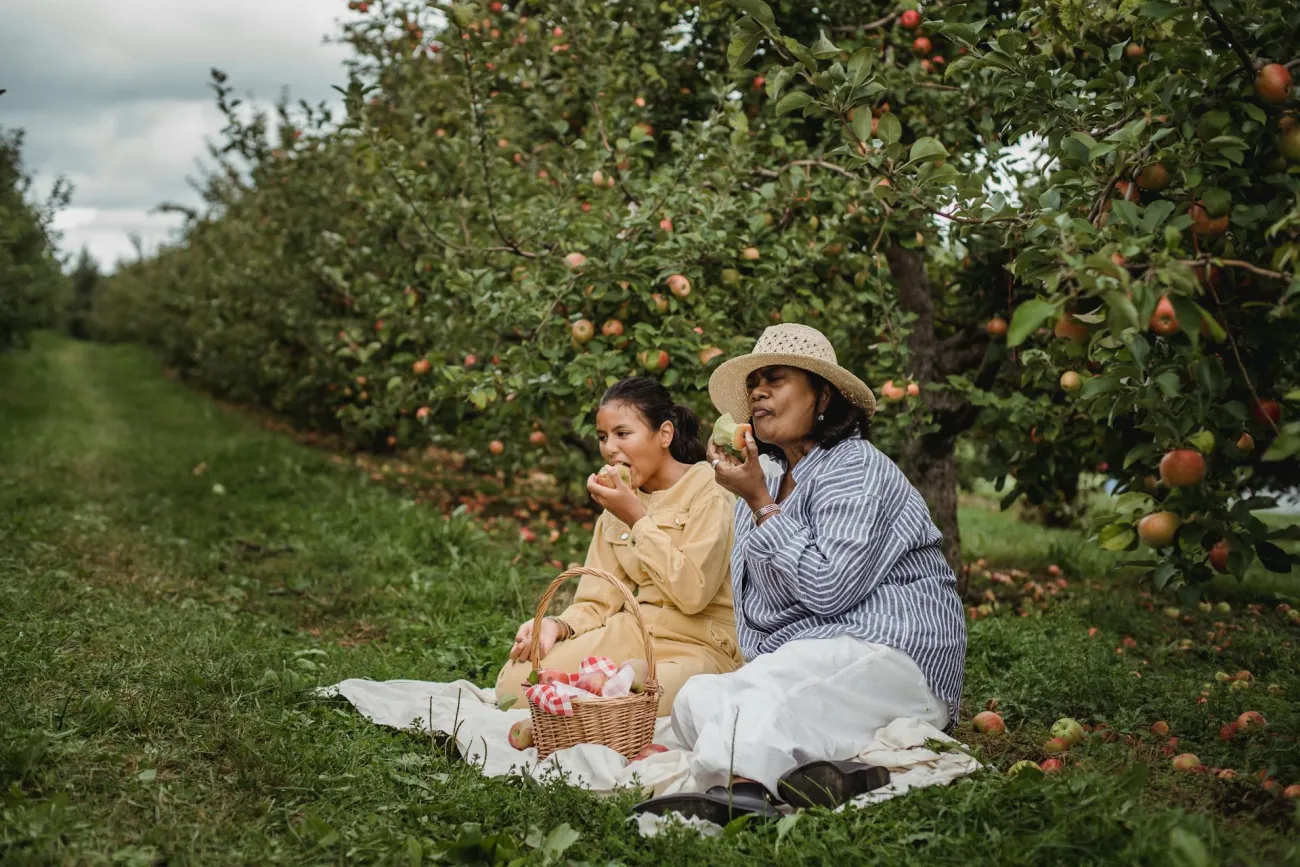Footnotes
13 Geoffrey Cannon, ‘Nutrition: The New World Map’, Asia Pacific Journal of Clinical Nutrition 11 (December 2002): S486, https://doi.org/10.1046/j.1440-6047.11.supp3.4.x.
14 G.J. Mulder, ‘Sur la composition de quelques substances animales’, in Des science physiques et naturalles en Néerlande, by F.A.W. Miquel, G.J. Mulder, and W. Wenkebach (Leyde: P. H. van den Heuvell, 1838), 104–19; Gerardus Johannes Mulder, ‘Zusammensetzung von fibrin, albumin, leimzucker, leucin usw.’, Annalen der Pharmacie 28, no. 1 (1838): 73–82.
15 A ‘radical’ in the chemistry of the time was a connected series of atoms which could exist as a compound or as a subpart of a larger compound. This has a relatively distant historical relationship with the use of the word ‘radical’ in modern chemistry to refer to a molecule or atom with an unpaired electron.
16 Hubert Bradford Vickery, ‘The Origin of the Word Protein’, Yale Journal of Biology and Medicine 22, no. 5 (1950): 387–93; Harold Hartley, ‘Origin of the Word “Protein”’, Nature 168, no. 4267 (August 1951): 244–244, https://doi.org/10.1038/168244a0.
17 Henry George Liddell and Robert Scott, A Greek-English Lexicon. Revised and Augmented throughout by Sir Henry Stuart Jones with the Assistance of Roderick McKenzie (Oxford: Clarendon Press, 1940), ‘πρώτειος’.
18 Liddell and Scott, A Greek-English Lexicon. Revised and Augmented throughout by Sir Henry Stuart Jones with the Assistance of Roderick McKenzie, ‘πρωτεῖον’.
19 Liddell and Scott, A Greek-English Lexicon. Revised and Augmented throughout by Sir Henry Stuart Jones with the Assistance of Roderick McKenzie, ‘πρωτεύω’. It is clear that this is not the word intended by Mulder or Berzelius, but many other scholars seem to have believed it to be; e.g. George E. Day, Chemistry and Its Relation to Physiology and Medicine (London: Hippolyte Baillière, 1860), 101; Frederic R. Rees, Scientific Teetotalism. Appendices to The Illustrated History of Alcohol; Exhibiting a View of the Accordance
of Teetotalism with Recent Discoveries in Organic Chemistry, and Explaining the Modus Operandi of Alcohol; Firstly, on the Function of Respiration, and, Secondly, in the Formation of Fat (London: W. Brittain, 1843), ii; Justus Liebig, Animal Chemistry, Or Organic Chemistry in Its Applications to Physiology and Pathology, ed. William Gregory (London: Taylor and Walton, 1842), 146; Robert Bentley Todd and William Bowman, The Physiological Anatomy and Physiology of Man (Philadelphia: Lea and Blanchard, 1850), 56; Benjamin Silliman, First Principles of Chemistry For the Use of Colleges and Schools (Philadelphia: H.C. Peck & T. Bliss, 1850), 454.
20 Liddell and Scott, A Greek-English Lexicon. Revised and Augmented throughout by Sir Henry Stuart Jones with the Assistance of Roderick McKenzie, ‘πρῶτος’; similarly clearly not the word intended by Mulder and Berzelius, this more basic form was nevertheless probably evoked for many people by the word protéine, as well as occasionally being interpreted as the etymon—e.g. J. M. F. Browne, ‘The Protein Compounds’, American Eclectic Medical Review IV (1869): 444.
21 Berzelius seems to have meant πρώτειος, but wrote πρωτειος without an accent (which was not uncommon); Mulder wrote πρωτεῖος—either meaning the same but getting the accent wrong, or really intending πρωτεῖον and getting the ending wrong.
22 For example, Wilson (1854) explains that protein ‘is so called because, itself a primary substance, it originates so many dissimilar substances’; Erasmus Wilson, A System of Human Anatomy (Philadelphia: Blanchard and Lea, 1854), 35.
23 Charles Tanford and Jacqueline Reynolds, Nature’s Robots: A History of Proteins, 1. issued in paperback (New York, NY Oxford: Oxford Univ. Press, 2003).
24 Liebig, Animal Chemistry, Or Organic Chemistry in Its Applications to Physiology and Pathology; W. H. Brock, Justus von Liebig: The Chemical Gatekeeper (Cambridge ; New York: Cambridge University Press, 1997), 183–85.
25 Brock, Justus von Liebig, 183–86, 193–95.
26 Brock, 195–96.
27 Justus Liebig, Researches on the Chemistry of Food, ed. William Gregory (London: Taylor and Walton, 1847), 15, 18, 23, 27.
28 Kenneth J. Carpenter, Protein and Energy: A Study of Changing Ideas in Nutrition (Cambridge [England] ; New York: Cambridge University Press, 1994), 56.
29 Similar catch-alls were used in other languages, such as German Eiweiß and Dutch eiwit (literally ‘egg-white’) and French albumine.
30 e.g. as late as Browne 1869; Browne, ‘The Protein Compounds’, 444.
31 e.g. in Day 1860, who uses the term ‘Protein-bodies’ as a catch-all; Day, Chemistry and Its Relation to Physiology and Medicine, 101.
32 A clear example is found in Browne 1847. Browne compares the proportions of ‘proteine’, ‘fatty matter’, starch and water in wheat, oats, barley, potatoes, rice and maize, ranking their ‘nutritive values’ by protein content: wheat, oats, barley > maize > rice > potatoes. J. Browne, ‘A Memoir on Maize or Indian Corn’, in The Hasty-Pudding; A Poem, in Three Cantos. Written at Chamrery, in Savoy, January, 1793, by Joel Barlow, Minister Plenipotentiary to France. With A Memoir on Maize or Indian Corn (New York: W.H. Graham, 1847), 38.





Comments (0)